As spring comes to a close and we move into summer, we will be soon blessed with one of the best displays of flowers. Suddenly the gardens will be lit up with bright pinks, vibrant purples and dazzling yellows. When the Rhododendrons and Azaleas flower, it marks for me the beginning of the summer. I’ve been lucky enough to work in several gardens that have large collections of them, and it has always been one of my favourite sights to see them all in bloom.
With most species originating from China and the Himalayas, though some species come from Australia, Europe and North America, these plants have now been grown commercially for hundreds of years, producing such a range of different varieties for us to enjoy. The first plant to be named was in the 16th Century by a Flemish botanist. Its name is derived for the Greek for Rose (Rhodon) and for Tree (Dendron), and as such is often referred as Rose Trees. Its place in culture is widespread, and is the national flower of Nepal.
They have such a range of colours, from deep purples or bright yellows. They come as shrubs or medium sized trees, and can be both evergreen and deciduous. Though there are exceptions, Rhododendrons tend to have larger evergreen leaves and grow bigger. Meanwhile Azaleas tend to have smaller leaves, can be evergreen and deciduous, and grow to not much more than a medium-sized shrub.
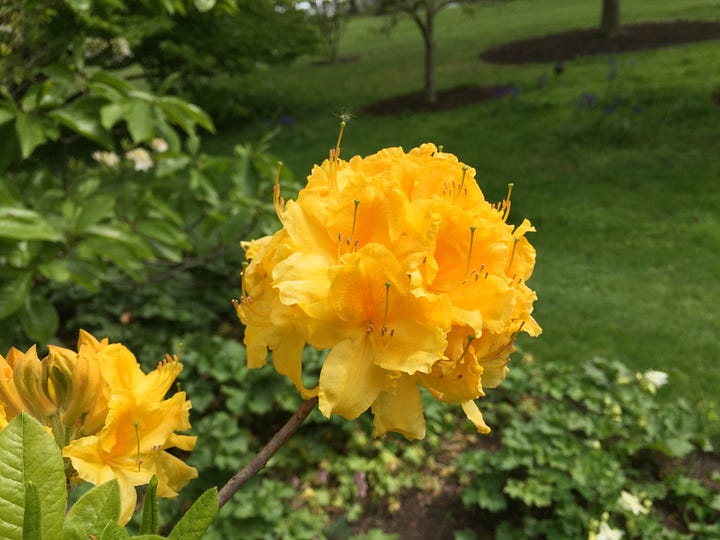
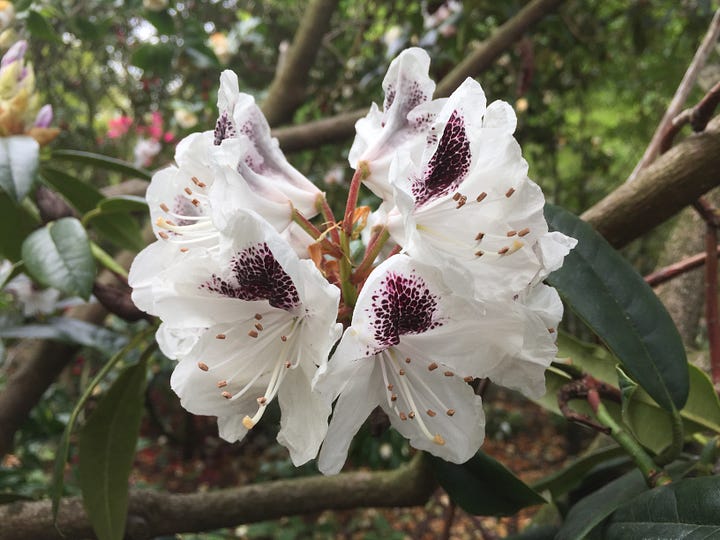
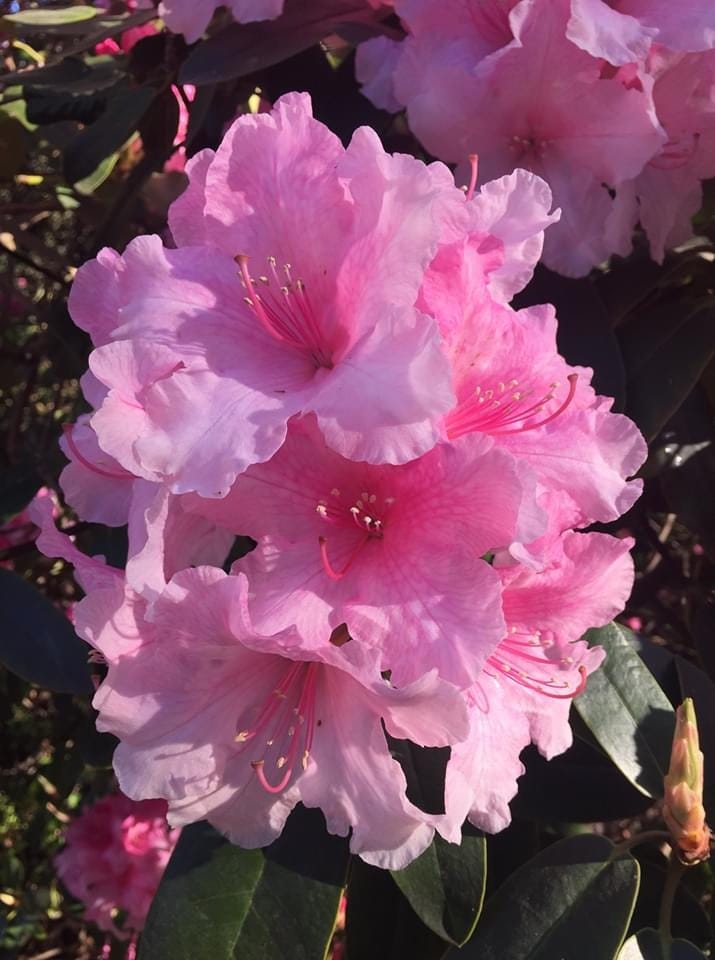
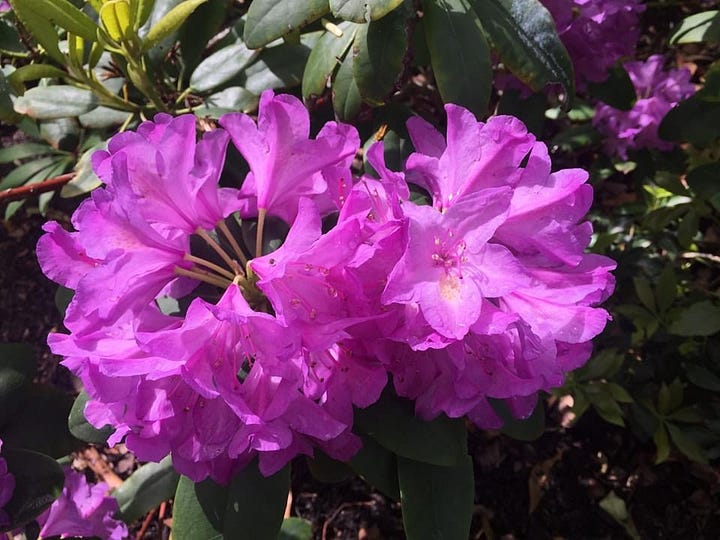
Cultivation
The most important thing to note about growing Rhododendrons is that they like acidic ericaceous soils, typically with pH levels between 4.5 and 5.5. If you don’t have this in your own garden, don’t worry as the smaller varieties grow perfectly well in pots.

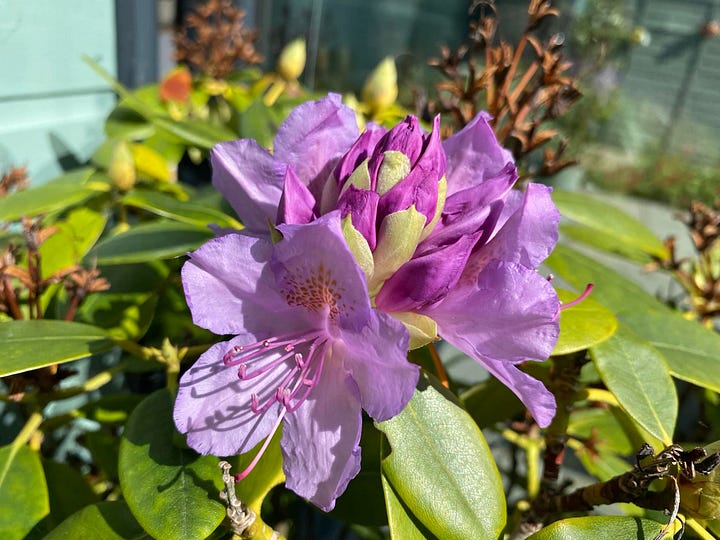
They also prefer soils that get plenty of rain, especially when they are forming their flower buds in winter and early spring. Some people may find they have difficulty growing them in dry soils even if it’s acidic. If you have to water them by hand, avoid using tap water if you can. Tap water contains calcium which they do not like. So collect rainwater to water them, and only use tap water if you must in dry summer months.
They grow relatively slowly, so don’t need much pruning each year. Just dead head their flowers and remove any diseased or damaged stems. Some varieties can be pruned hard if you need to reduce their size dramatically, but only do this in the winter and you may lose a season’s flowers.
They are truly an amazing plant and prefect for a shady woodland area in your garden. If you get one I promise you won’t regret it.

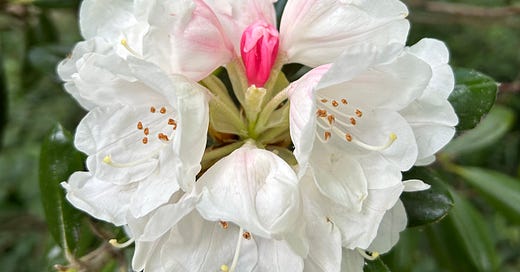


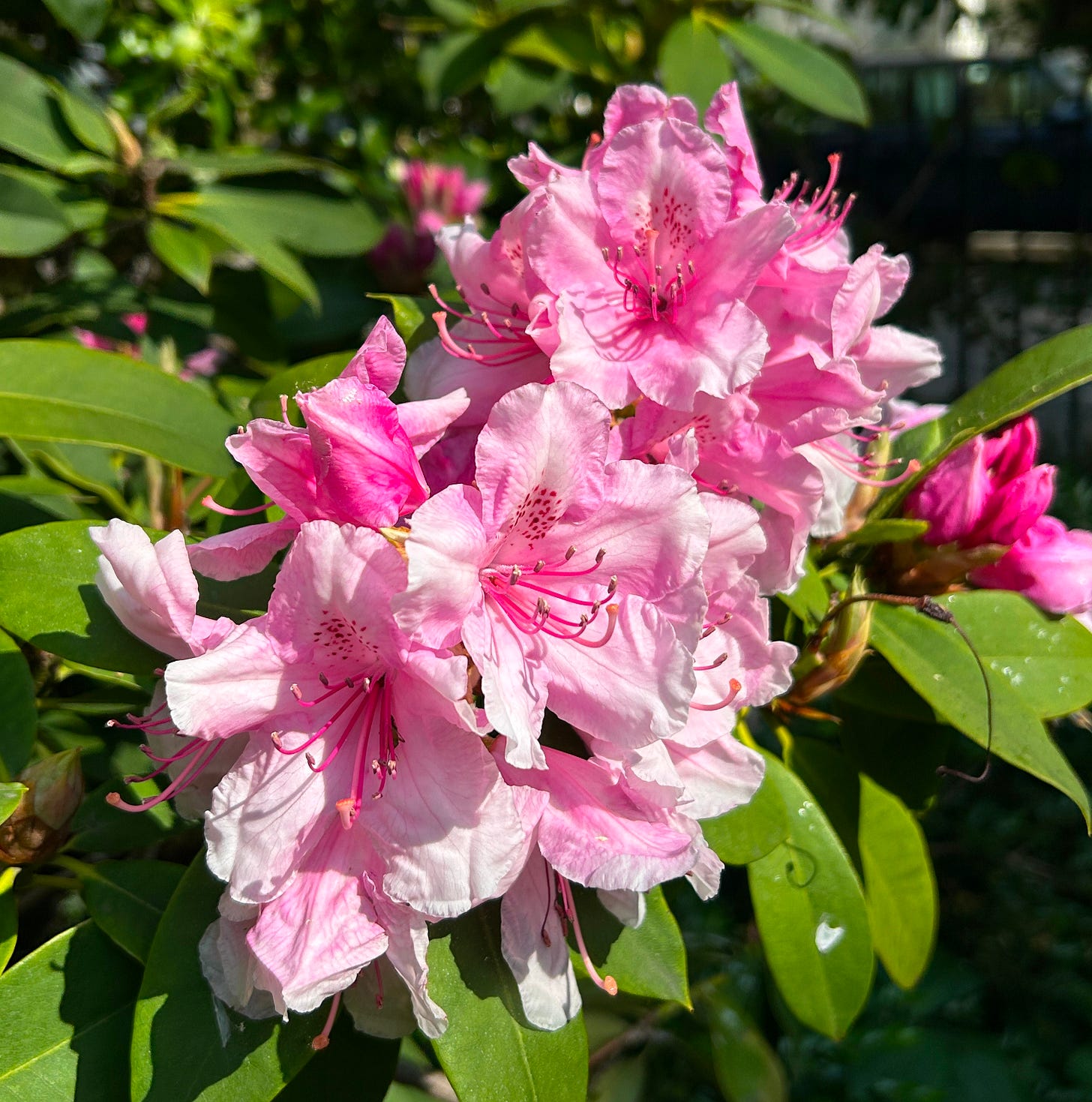

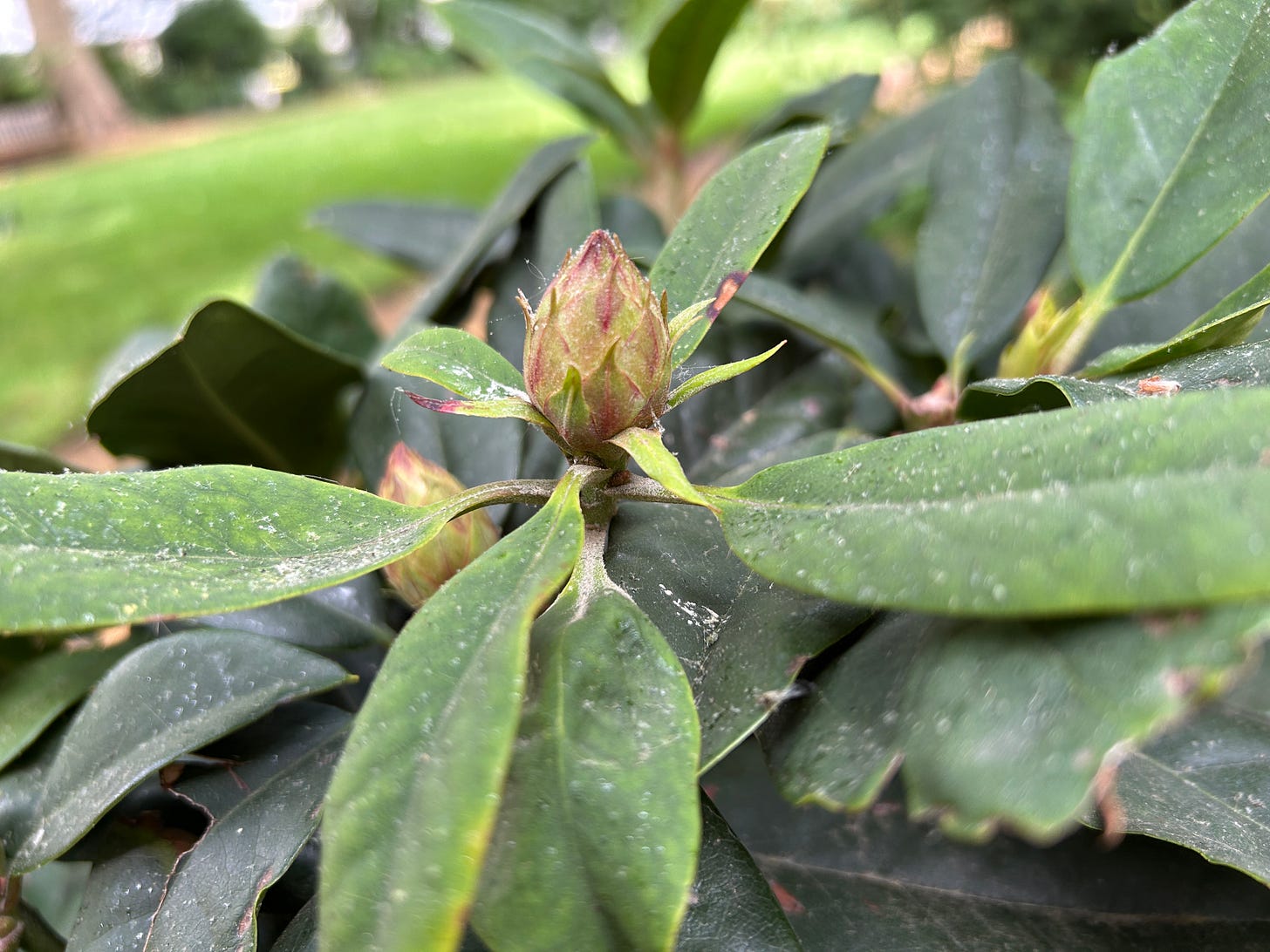
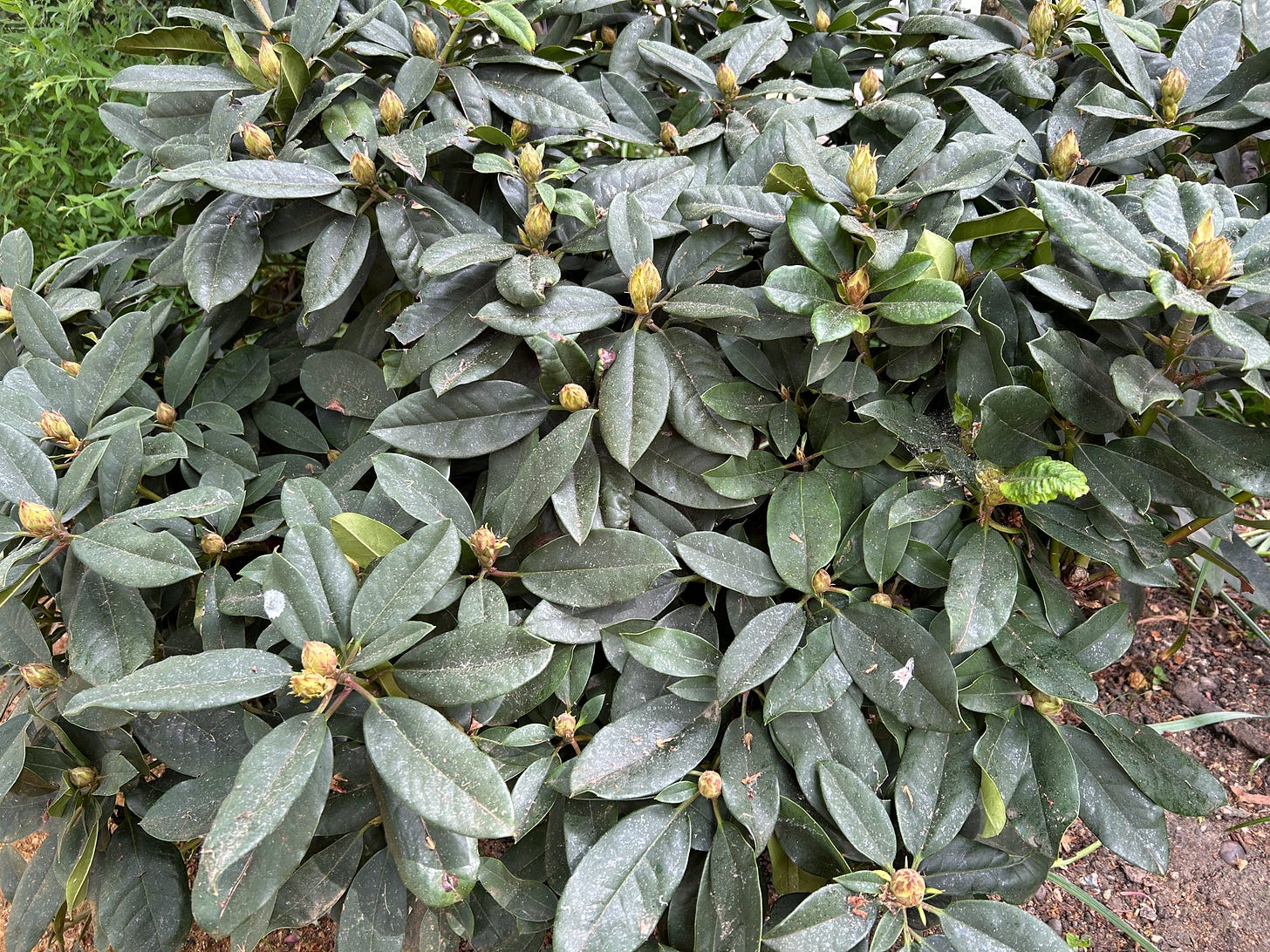
I have a new small azalea in a pot but it has produced no buds - do you think it might for next year.Its true that its been very dry in the garden.Also my large potted rhodo has been eaten by Squirrels- they have eaten all but four of the buds! Not doing too well here in Rochester!